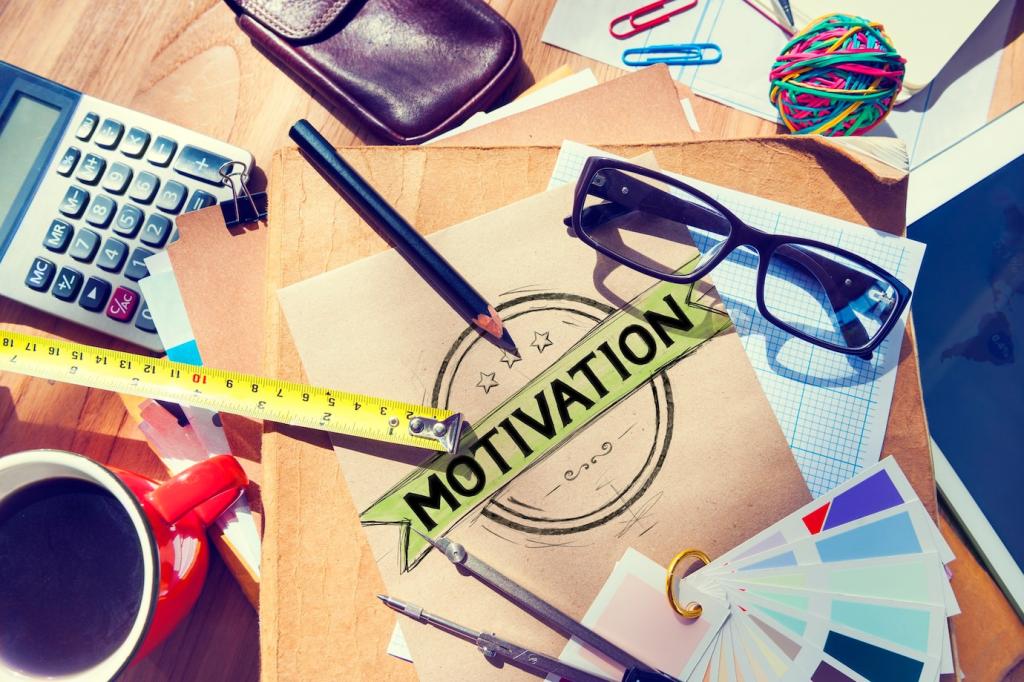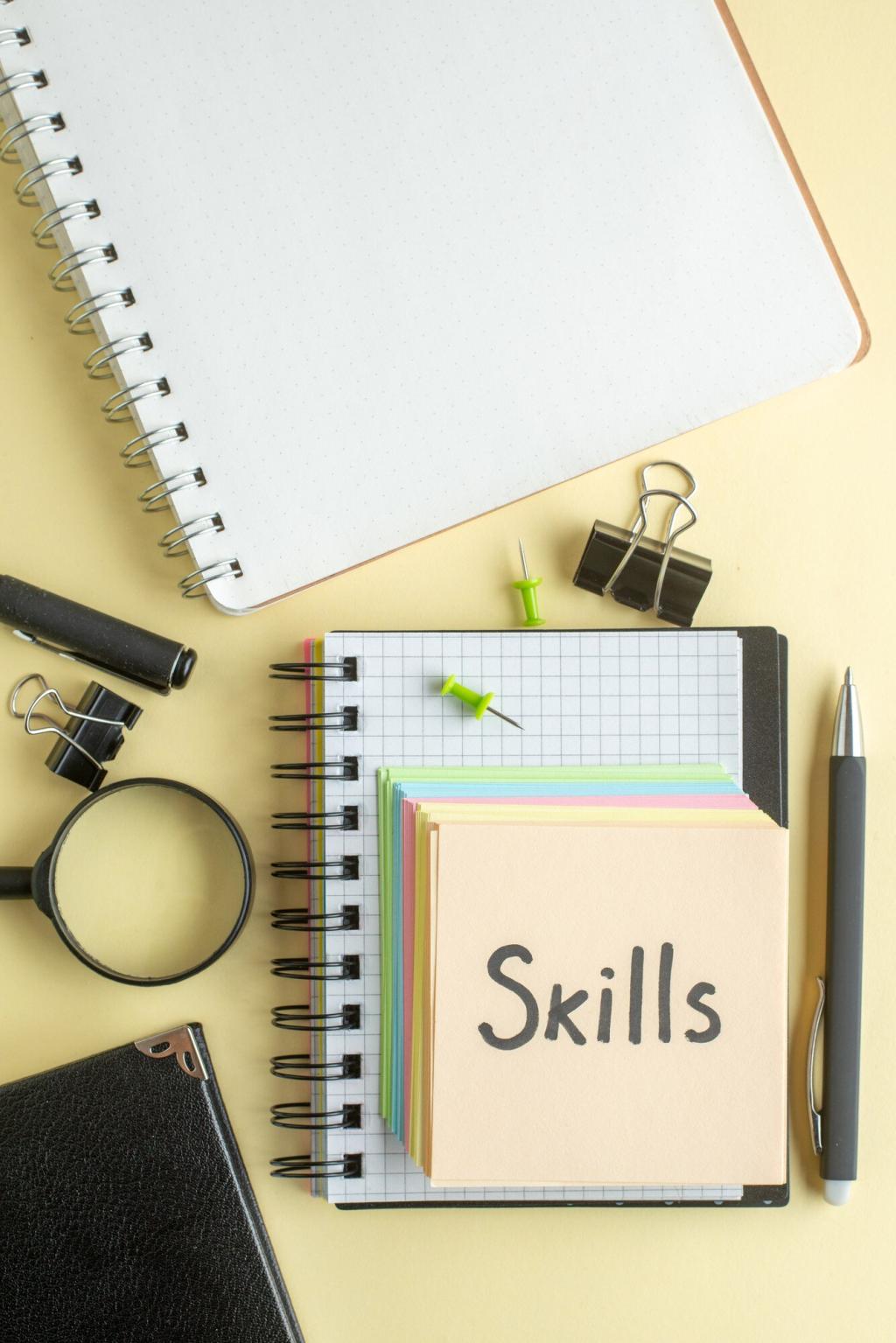Enhancing Emotional Intelligence: Your Daily Advantage
Begin by noticing the earliest signals—tight shoulders, racing thoughts, a clipped tone. Naming these cues turns confusion into clarity. Share a moment you caught yourself early today, and invite a friend to try the same.
Foundations of Emotional Intelligence
Create a tiny pause before reacting. Count to four on the inhale, six on the exhale, and rehearse your next sentence silently. Comment with your favorite calming technique, and subscribe for weekly practice prompts.
Foundations of Emotional Intelligence
Empathy in Everyday Conversations
Active listening that lands
Put distractions away, mirror key words, and summarize what you heard before replying. A nurse shared that this habit cut misunderstandings on busy shifts. Try it today and report what changed for you.
Perspective-taking you can practice
Ask, what story might they be living right now? Consider constraints, hopes, and fears shaping their stance. Post one sentence that captures their perspective, then share how it softened your next response.
Micro-moments that build trust
Small signals—eye contact, a nod, timely follow-up—compound into credibility. A manager once sent a two-line check-in that defused a brewing conflict. Share your favorite micro-gesture and subscribe for a weekly trust checklist.
Emotional Vocabulary and Literacy
Swap angry for specific labels like irritated, threatened, powerless, or disrespected. Precision reduces guesswork and guides action. Comment with one upgraded word you will use this week, and tag someone to join you.
Record situation, body cues, thoughts, feeling, and chosen response. Over time, patterns reveal themselves. Share a pattern you discovered, anonymous if you prefer, and subscribe to receive a printable trigger-mapping template.
Describe your emotional state as weather or music—stormy with sudden thunder, or a low cello hum. Metaphors bypass defensiveness. Post your metaphor today, and invite others to respond with supportive reflections.
Workplace Applications of EI
Begin with permission, focus on impact, ask for their view, and co-create a next step. A designer recalled feeling respected, not judged. Share a feedback phrase that works for you and why.


Workplace Applications of EI
Name the tension without blame, surface interests, and brainstorm options before choosing. Capture agreements in writing. Tell us a conflict you transformed using these steps, and subscribe for a conflict de-escalation checklist.

Understanding the amygdala alarm
When threat feels near, attention narrows and impulse spikes. Naming an amygdala hijack reduces its grip. Share one cue you will watch for, and invite a friend to spot theirs this week.

Breath, posture, and the parasympathetic break
Slow exhales, softened jaw, and grounded feet signal safety to your body. Practice before meetings, not only during crises. Comment with the setting that benefits you most, and subscribe for guided audio exercises.

Habit stacking for consistent practice
Attach a 60-second check-in to an existing routine—after unlocking your phone or brewing coffee. Small, repeated reps create durable skill. Post your chosen stack and nudge a colleague to try it too.
Compassionate boundaries without guilt
State your limit clearly, offer what you can do, and hold steady. Boundaries are kindness with structure. Share a boundary sentence you plan to use and ask the community for refinements.
Repairing after emotional rupture
Own your impact, name the hurt, and ask what would help now. A teacher’s simple apology rebuilt a semester’s worth of rapport. Comment with one repair step you will practice this month.
Tracking Progress and Building Community
Self-assessments that matter
Use brief, repeated check-ins over time—mood ratings, impulse delay minutes, or empathy reflections. Track trends, not perfection. Post one metric you will track, and we will cheer your consistency.
Find an accountability partner
Pair up for weekly five-minute debriefs: one win, one challenge, one next step. Keep it specific and encouraging. Invite someone in the comments, and subscribe for a simple partner guide.
Join the conversation and subscribe
Share a story where enhancing emotional intelligence changed an outcome—a meeting, commute, or bedtime routine. Your experience teaches others. Subscribe for new exercises, and reply with topics you want explored next.
